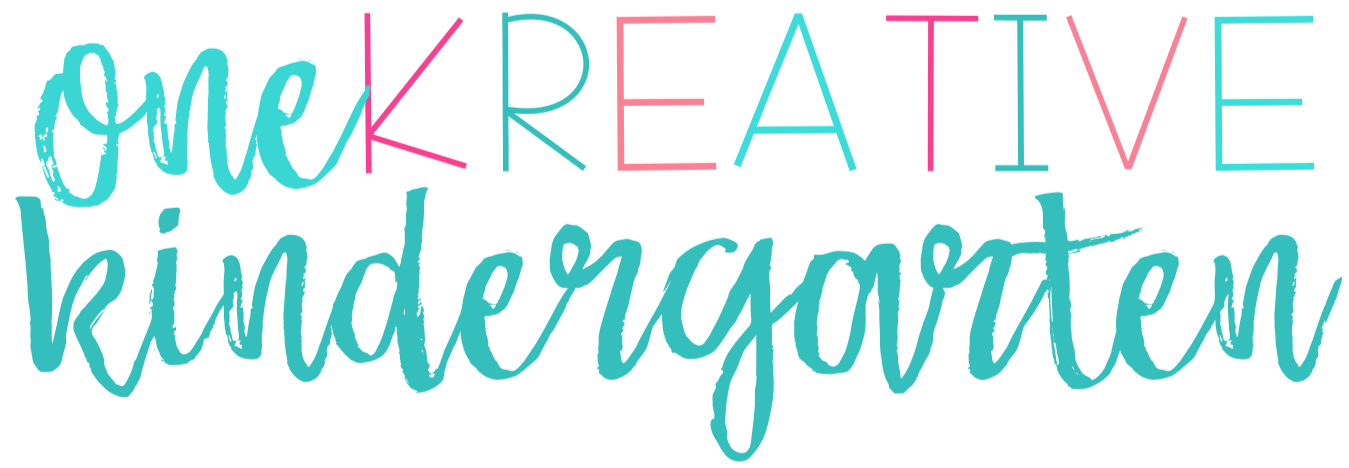Classroom management can be one of the trickiest parts of teaching. It’s almost impossible to teach if you’re struggling to manage your class. And even if you have great systems in place for the majority of your students, it’s likely that there will be a few students who need some extra support, beyond what you have in place for your whole class. Even though it can feel frustrating at times, it’s essential to find a system for these kids. Unchecked, best case scenario these kids are just floating by and going through the motions of learning, and worst-case scenario they can hijack your classroom.
Today I’m going to share my top 5 tips for creating a behavior plan. (For our purposes, I’m considering a behavior plan to be anything outside of your normal management system that you use to help students manage their behavior, so that would include something as elaborate as a sticker chart, or as simple as a work tracker that students use to complete their independent work.)
1. Start small.
The ultimate goal is for students to be successful, so you need to set goals that students can achieve. They should be goals; they should involve some work, but they should not be unattainable. When you’re setting goals, you want to start with the most basic (or most bothersome) behavior first. It’s also important to make sure you don’t set too many goals; so even if your overarching goal would require 5 or 6 stepping stone goals overall don’t give them 6 goals at once. It’s too overwhelming, and you won’t have any success.

2. Make goals as tangible as possible.
The more tangible your goal is the more likely your students are to meet it. So, instead of saying “pay attention” set the goal as “track the speaker”, or “raise your hand to be recognized”. Pictures of your goal behavior can also be super helpful, especially with younger students who might not always be able to read the text of their behavior plan.
3. Students and teachers need to be on the same page.
The ultimate goal of any individual behavior plan is to change the student’s behavior, so the plan (and any rewards) must be motivating to your student. Otherwise nothing changes. I’ve found the easiest way to ensure that students are on board is to ask them what rewards are motivating to them. It’s also important that the plan is manageable so that you’re motivated to stick with it as a teacher.
4. Fidelity
You can only help your student reach their goal(s) if you use the individual behavior plan the way it’s designed to be used, whatever it is, whether it’s AM//PM check-ins, daily check-ins, clean up check ins, timer based, etc. It’s also important to give rewards to students when they earn them, even if they’re display some other undesirable behavior at the time. This was hard for me to get on board for at first, but if they met the goal they have to get the reward. So if their goal is to keep their hands to themselves during carpet time, and they did it, but they also were talking to their neighbor they should get the star//sticker//break that they earned because they met their goal.

5. Organized
Last, but certainly not least, is that staying organized makes managing behavior plans so much easier! I always keep a printed copy of the originals, and then I copy enough for each week either Friday afternoon or Monday morning, and put them in the bins for that day with other copies. I also make sure to have copies of any templates I use to communicate with parents ready to go so that pack up//dismissal can go smoothly. If I’m the monitor of the plan, I keep it on my clipboard. Sometimes students are in charge of their plans, and they usually get a special folder for that and keep it in their seat.
What’s the biggest challenge for you when creating individual behavior plans? What do you find to be particularly motivating for your students? My kids have always been big on time based rewards, like Lunch Bunch, or spending some extra time with me.




